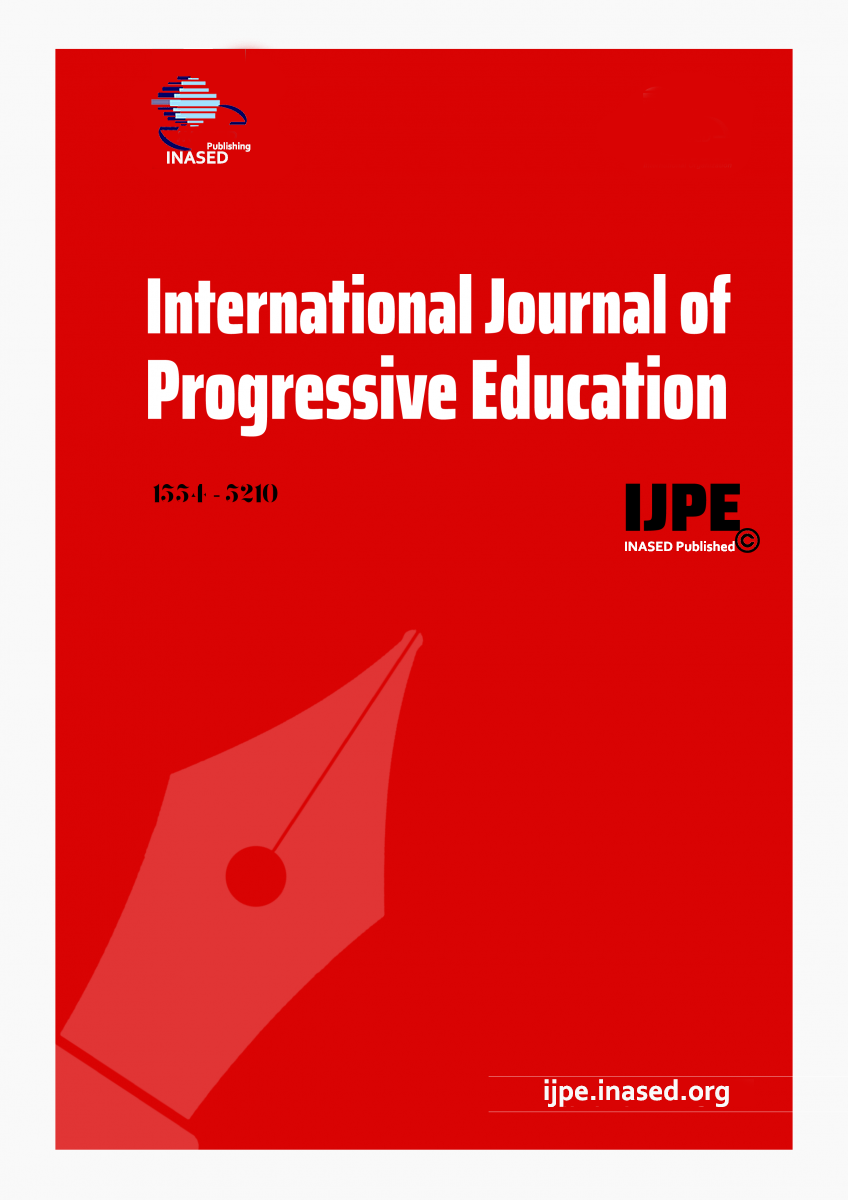- Andy, F. (2013) Discovering Statistics using IBM SPSS Statistics (4th. ed.), Sage Publications. London. [Google Scholar]
- Aosi, G., Metrianis, & Rifma. (2019). STEM Based Learning to Overcome Math Anxiety. Journal of Physics: Conference Series, 1387(1), 1-6. doi:10.1088/1742-6596/1387/1/012053 [Google Scholar] [Crossref]
- Becker, K., & Park, K. (2011). Effects of integrative approaches among science, technology, engineering, and mathematics (STEM) subjects on students’ learning: a preliminary meta-analysis. Journal of STEM Education: Innovations and Research, 12 (5-6), 23-37. [Google Scholar]
- Buyruk, B., & Korkmaz, Ö. (2014). STEM awareness scale (SAS): validity and reliability study. Journal of Turkish Science Education, 11(1), 3-23. [Google Scholar]
- Bybee, R. W. (2010). Advancing STEM education: a 2020 vision. Technology and Engineering Teacher, 70(1), 30-35. [Google Scholar]
- Duran, L. B., & Duran, E. (2004). The 5E instructional model: A learning cycle approach for inquiry-based science teaching. Science Education Review, 3(2), 49-58. [Google Scholar]
- Fernandez-Cezar, R., Garrido, D., & Solano-Pinto, N. (2020). Do science, technology, engineering and mathematics (STEM) experimentation outreach programs affect attitudes towards mathematics and science? a quasi-experiment in primary education. Mathematics, 8(9), 1490. https://doi.org/10.3390/math8091490 [Google Scholar] [Crossref]
- Guzey, S.S., Harwell, M., & Moore, T. (2014). Development of an instrument to assess attitudes toward science, technology, engineering, and mathematics (STEM). School Science and Mathematics, 114(6), 271–279. https://doi.org/10.1111/ssm.12077 [Google Scholar] [Crossref]
- Gülhan, F., & Şahin, F. (2016). The effects of science-technology-engineering-math (STEM) integration on 5th grade students’ perceptions and attitudes towards these areas. International Journal of Human Sciences, 13(1), 602-620. [Google Scholar]
- Hackman, S. T., Zhang, D., & He J. (2021). Secondary school science teachers’ attitudes towards STEM education in Liberia. International Journal of Science Education, 1-24. https://doi.org/10.1080/09500693.2020.1864837 [Google Scholar] [Crossref]
- Honey, M., Pearson, G., & Schweingruber, H. (2014). STEM integration in K-12 education: Status, prospects, and an agenda for research. Washington D.C.: The National Academies Press. [Google Scholar]
- Johnson, R.B., & Onwuegbuzie, A.J. (2004). Mixed methods research: a research paradigm whose time has come. Educational Researcher, 33 (7), 14–26. [Google Scholar]
- Kelley, T. R., & Knowles, J. G. (2016). A conceptual framework for integrated STEM education. International Journal of STEM Education, 3:11. [Google Scholar]
- Kızılay, E. (2017). The adaptation of STEM semantics survey into Turkish. The Journal of Academic Social Science Studies, 58, 131-144. [Google Scholar]
- Knezek, G., Christensen, R., Tyler-Wood, T., & Periathiruvadi, S. (2013). Impact of environmental power monitoring activities on middle school student perceptions of STEM. Science Education International, 24(1), 98-123. [Google Scholar]
- Koyunlu-Ünlü, Z., & Dökme, İ. (2016). Gifted Children’ images about STEM’s E. Trakya Journal of Education, 7(1), 196-204. [Google Scholar]
- Lin, K. Y., Hsiao, H. S., Williams, P. J., & Chen, Y. H. (2019). Effects of 6E oriented STEM practical activities in cultivating middle school students' attitudes toward technology and technological inquiry ability. Research in Science & Technological Education, 38(6), 1-18. [Google Scholar]
- Morrison, J., (2006). TIES STEM education monograph series, Attributes of STEM education. Baltimore, MD: TIES. [Google Scholar]
- Oğuz, M. (2002). The effects creative problem solving method on success level and attitude educational science knowledge lesson. Unpublished master thesis, Hacettepe University, Graduate School of Social Sciences, Ankara. [Google Scholar]
- Öztürk, M. (2017). The research of the 4th grade teachers' and students' efficacy beliefs and attitudes toward STEM education, Unpublished master thesis, Ege University, Graduate School of Social Sciences, İzmir. [Google Scholar]
- Ramaley, J. A. (2007). Facilitating change: Experience with the reform of STEM Education. http://citeseerx.ist.psu.edu/viewdoc/ (February, 2019). [Google Scholar]
- Sanders, M. (2009). STEM, STEM education, STEM mania. Technology Teacher, 68(4), 20-26. [Google Scholar]
- Savelsbergh, E., Prins, G., Rietbergen, C., Fechner, S., Vaessen, B., Draijer, J., & Bakker, A. (2016). Effects of innovative science and mathematics teaching on student attitudes and achievement: A meta-analytic study. Educational Research Review, 19, 158-172. [Google Scholar]
- Stohlmann, M., Moore, T. J., & Roehrig, G. H. (2012). Considerations for teaching integrated STEM education. Journal of Pre-College Engineering Education Research, 2(1), 28-34. [Google Scholar]
- Şimşek, F. (2019). Effect of STEM Activities on Students' Scientific Process Skills, Science Interest, Attitude and Student Opinions. Turkish Journal of Computer and Mathematics Education, 10(3), 654-679. doi:10.16949/turkbilmat.470261. [Google Scholar] [Crossref]
- Thomas, B., & Watters, J. (2015). Perspectives on Australian, Indian and Malaysian approaches to STEM education. International Journal of Educational Development, 45, 42-53. [Google Scholar]
- Toma, R. B., & Greca, I. M. (2018). The effect of integrative STEM instruction on elementary students’ attitudes toward science. Eurasia Journal of Mathematics, Science and Technology Education, 14(4), 1383-1395. [Google Scholar]
- Uğraş, M. (2018). An investigation of the relationship between middle school students’ STEM attitudes and science self-efficacy beliefs with STEM career interest. The Journal of Academic Social Science, 89, 279-292. [Google Scholar]
- Uluçınar Sağır, Ş. (2014). Science anxiety scale for primary school students. Journal of Buca Faculty of Education, 37, 1-20. [Google Scholar]
- Vennix, J., den Brok, P., & Taconis, R. (2018). Do outreach activities in secondary STEM education motivate students and improve their attitudes towards STEM? International Journal of Science Education, 40(11), 1263-1283. [Google Scholar]
- Yamak, H., Bulut, N., ve Dündar, S. (2014). The impact of STEM activities on 5th grade students’ scientific process skills and their attitudes towards science. Gazi University Journal of Gazi Educational Faculty, 34(2), 249-265. [Google Scholar]
- Yıldırım, B., ve Altun, Y. (2015). Investigating the effect of STEM education and engineering applications on science laboratory lectures. El-Cezeri Journal of Science and Engineering, 2(2), 28-40. [Google Scholar]
|


